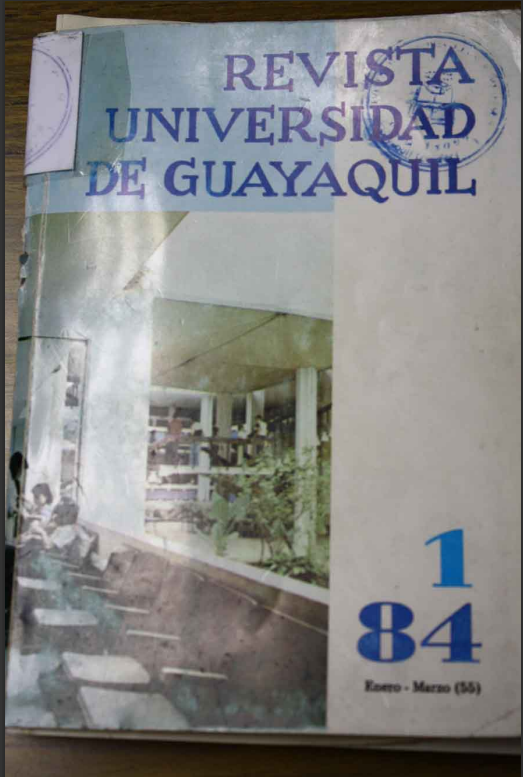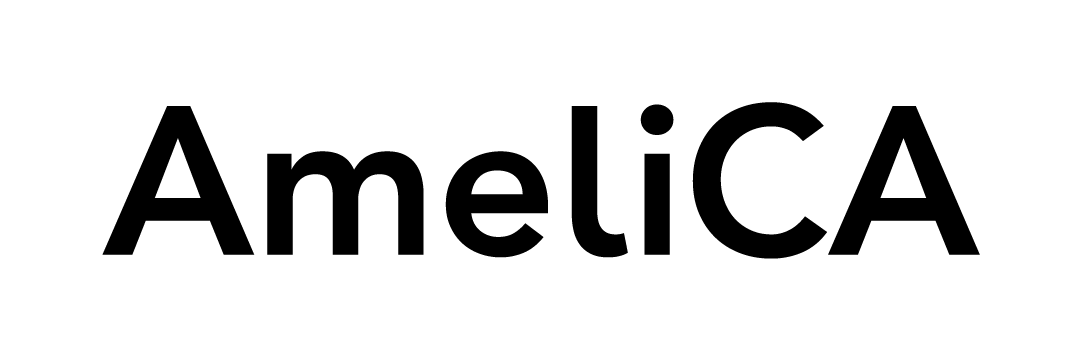Nuevos conceptos en el tratamiento de heridas
DOI:
https://doi.org/10.53591/rug.v55i1.1202Resumen
Siendo los principios fundamentales de las soluciones de continuidad de la piel (las heridas) de que todas ellas están contaminadas en cierta medida, aunque sólo sea por la flora normal de la piel, en base de que no existen pacientes sin gérmenes y de que toda herida infectada guarde relación con la magnitud del inóculo bacteriano inicial y con el éxito de los mecanismos de defensa, sean estos Locales y Generales, porque el ser humano no está libre de gérmenes, incluso en estado de salud total, la presencia bacteriana es constante. He iniciado este trabajo que lo considero por su enverga. dura de una obra de profundo interés social y una meta para la medicina del año 2.000, aunque para tener que realizarlo, hemos tenido que prepararnos para las discusiones más fatigosas, las desilusiones más penosas, los insultos más ofensivos, y lo que es peor aún, al juicio presuntuoso de los ignorantes; porque sabedores somos que ante la adversidad e incomprensión, la cometa se eleva contra el viento.
Referencias
Koening, R. J. Peterson, C. H. Jones, R. L. y cols. (1976: Correlación of glucose regulation and haemoglobin A in diabetes me Ilitus, N. Engi J. Med. 295, 417.
Bunn, H. F. Gabbay, K. H. y Gallop. P. M. (1978): The glycosylation of Hb: relevance to diabetes mellitus. Science 200,21.
Graf, R. J. Halter, J. B. y Porte, D. (1978): Glycosylated haemo- globin in normal subjects and subjects with maturity-onset diabetes. Diabetes 27,834.
Burke, J. F. The effective period of preventive antibioti experimental incisions and dermal lesions. Surgery, 50:161. 1961.
Eade, G. G.: The relationship between granulation tissue, bacte ria, and skin grats in burned patiens. Plast, 22:42- 55, 1958.
Elek, S. D. Experimental staphylococcal infections in the skin of man. Ann. New York Acad. Sci., 65:85, 1956.
Robson, M. C. Edstrom, L. E. Krikek, T. J. and Grosking M. G. The efficacy of systemic antibiotics in the treatment of granula ting wounds, J. Srg. Res. 16:299-306, 1974,
Robson M. C. and Krizek, T. J.: The effect of human ammiot'c membranes on the bacterial population of infected rat burns Ana Surg. 177:144, 1973.
Dincen. P. and Drusin, L. Epidemics of postoperative wound infections associated with hair carriers, Lancet 2: 1157-1159, 1973. 10- Altemeier W. A. and Culbertson, W. R: Acute non-clostridial coIlulit's Surg. Gynecol. Obstet. 87:206, 1948. 11- MacLennan, J. D.: A naerobic infections of war. wounds, Lancet. 2:62, 1943.
Brumfit. W. and Percival A. Antibiotic combinations. Lancet 1:387- 390, 1971.
Caldwell, J. R. and Cluff. L. E: Adverse reactions to antimicro bial agents. J.A.M.A. 230:77-80, 1974.
Alexander J. W. McGloin, J. J. and Altemeier, W. A.: Penicillin prophylaxs in experimental woun infections. Surg. Forum. 11:299- 300, 1960.
Andersen, B. Korner, B. and Ostergaard A. H.: Topical ampici Ilin against wound infection after colorectal surgery, Ann Surg. 176:129-132, 1972.
Altemeir W. A, and Fullen, W. D. Prevention and treatment of gas gangrene J.A.Μ.Α. 17:806-813, 1971. 17- Demello, P. J. Haglin, J. J. and Hitchcock C. R. Comparative
Publicado
Número
Sección
Licencia

Esta obra está bajo una licencia internacional Creative Commons Atribución-NoComercial-SinDerivadas 4.0.
Los autores que publican en Revista de la Universidad de Guayaquil conocen y aceptan las siguientes condiciones:
- Los autores retienen los derechos de copia (copyright) sobre los trabajos, y ceden a Revista de la Universidad de Guayaquil el derecho de la primera publicación del trabajo, bajo licencia internacional Creative Commons Atribución-NoComercial-SinDerivadas 4.0 que permite a terceros compartir la obra siempre que se indique su autor y su primera publicación esta revista.
- Los autores conservan los derechos de autor y garantizan a Revista de la Universidad de Guayaquil el derecho de publicar el trabajo a través de los canales que considere adecuados.
- Los autores son libres de compartir, copiar, distribuir, ejecutar y comunicar públicamente la versión del trabajo publicado en Revista de la Universidad de Guayaquil, haciendo reconocimiento a su publicación en esta revista.
- Se autoriza a los autores a difundir electrónicamente sus trabajos una vez que sean aceptados para publicación.































